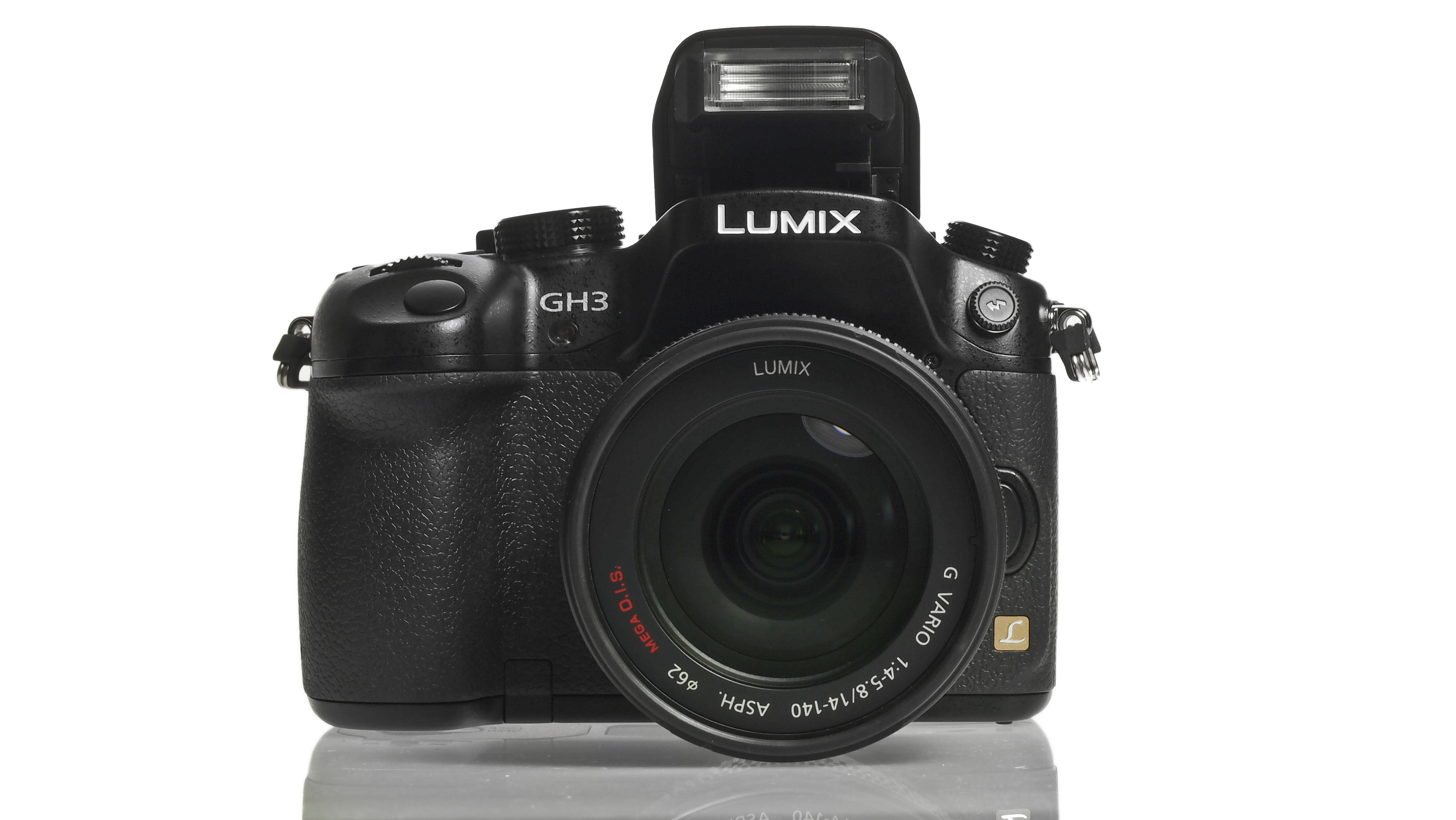Why you can trust TechRadar
There are no major surprises with the images from the Panasonic GH3. In most situations the camera correctly exposes the scene and records natural-looking colours.
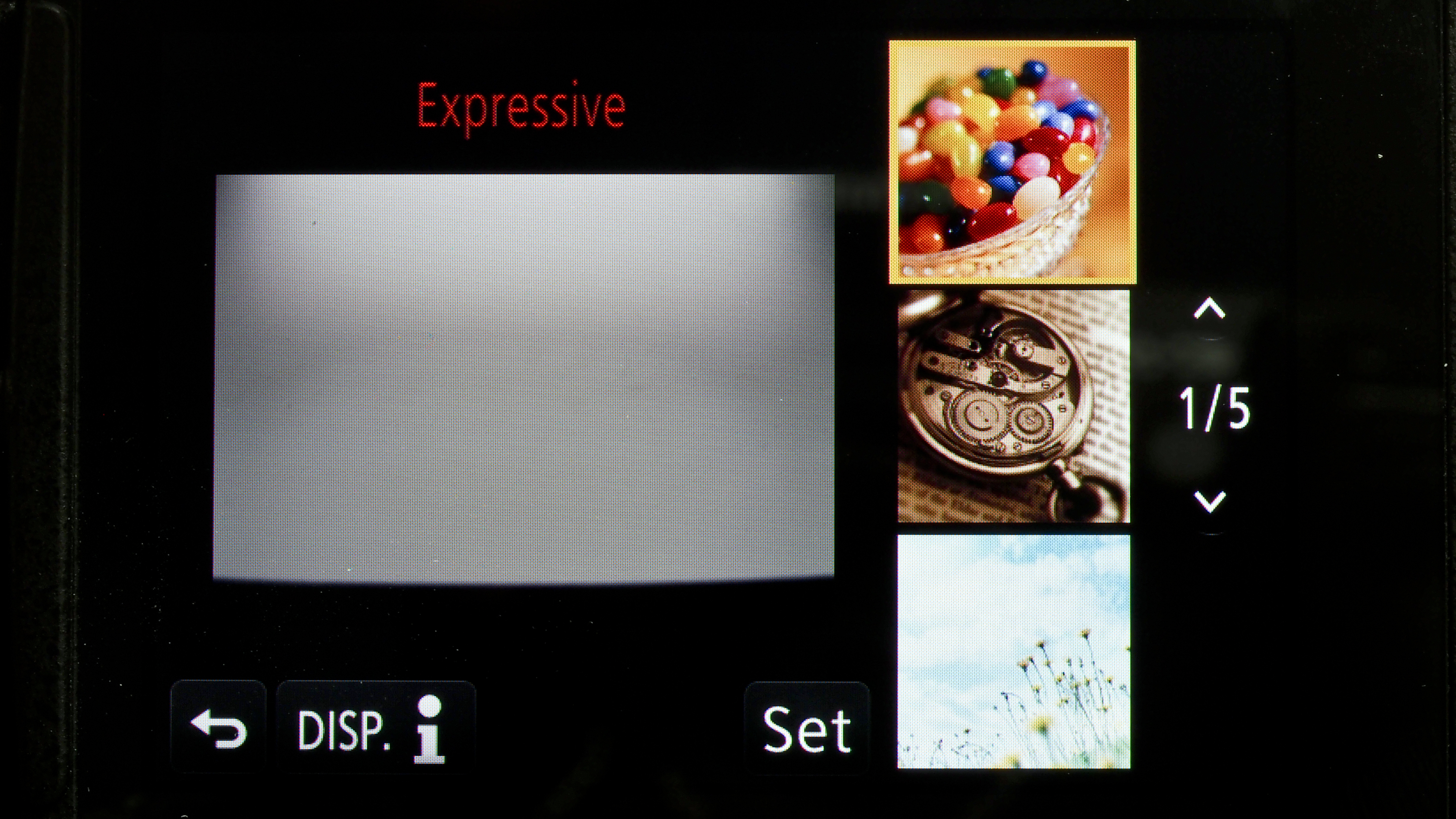
That said, we found that the automatic white balance setting produced rather cool looking images in warm sunlight. Turning to the Cloudy and Shade options warmed the scene up a little bit too far, and we preferred the results captured using the Sunny white balance setting.
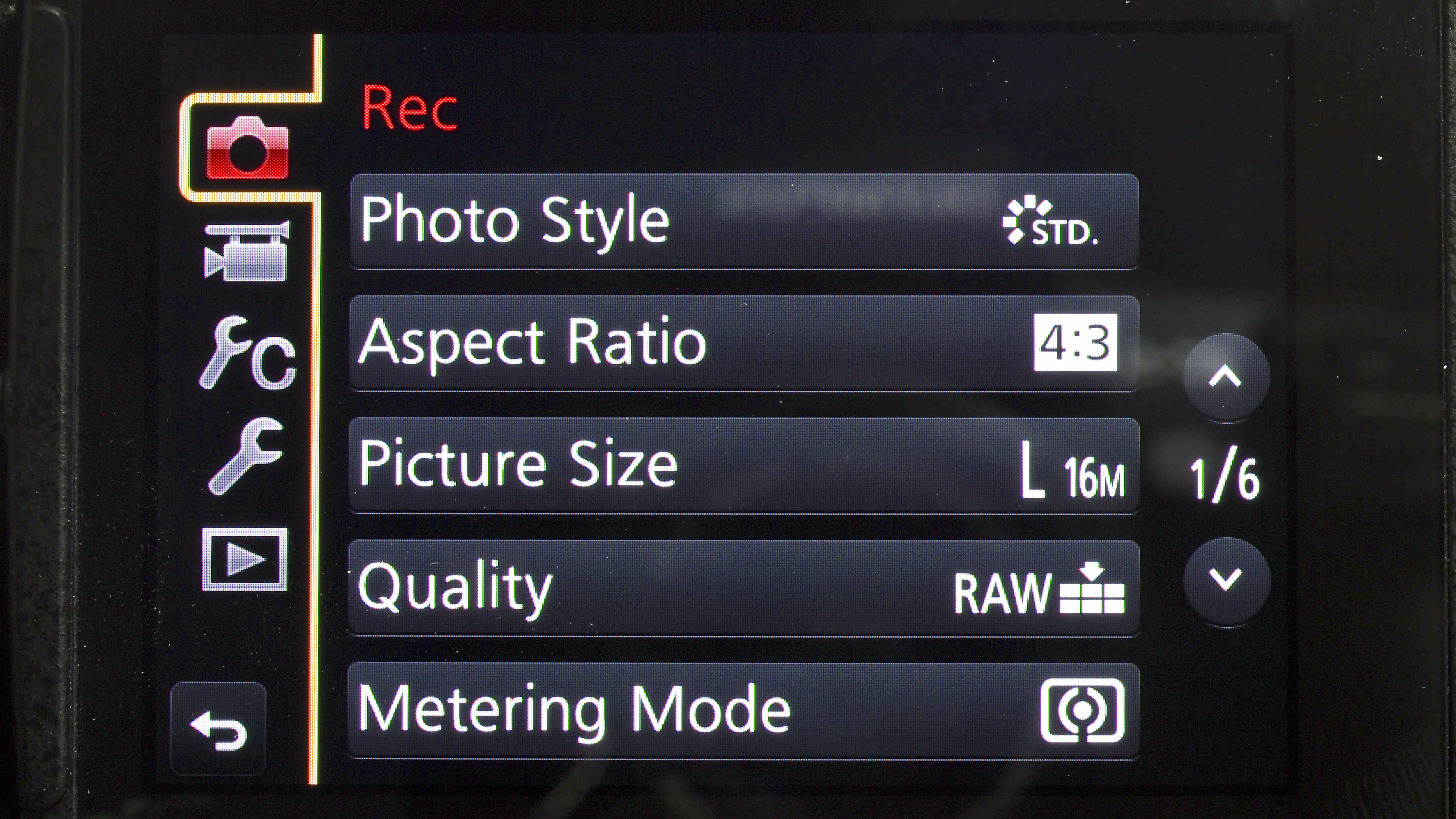
As usual there are three metering modes available on the Panasonic GH3 - Intelligent Multiple (making maximum use of the 144-zone system), Centreweighted and Spot. We found that the Multiple metering can be relied on in most situations, with the occasional need to dial in a little exposure compensation, for example to brighten the image when the scene contains large bright areas.
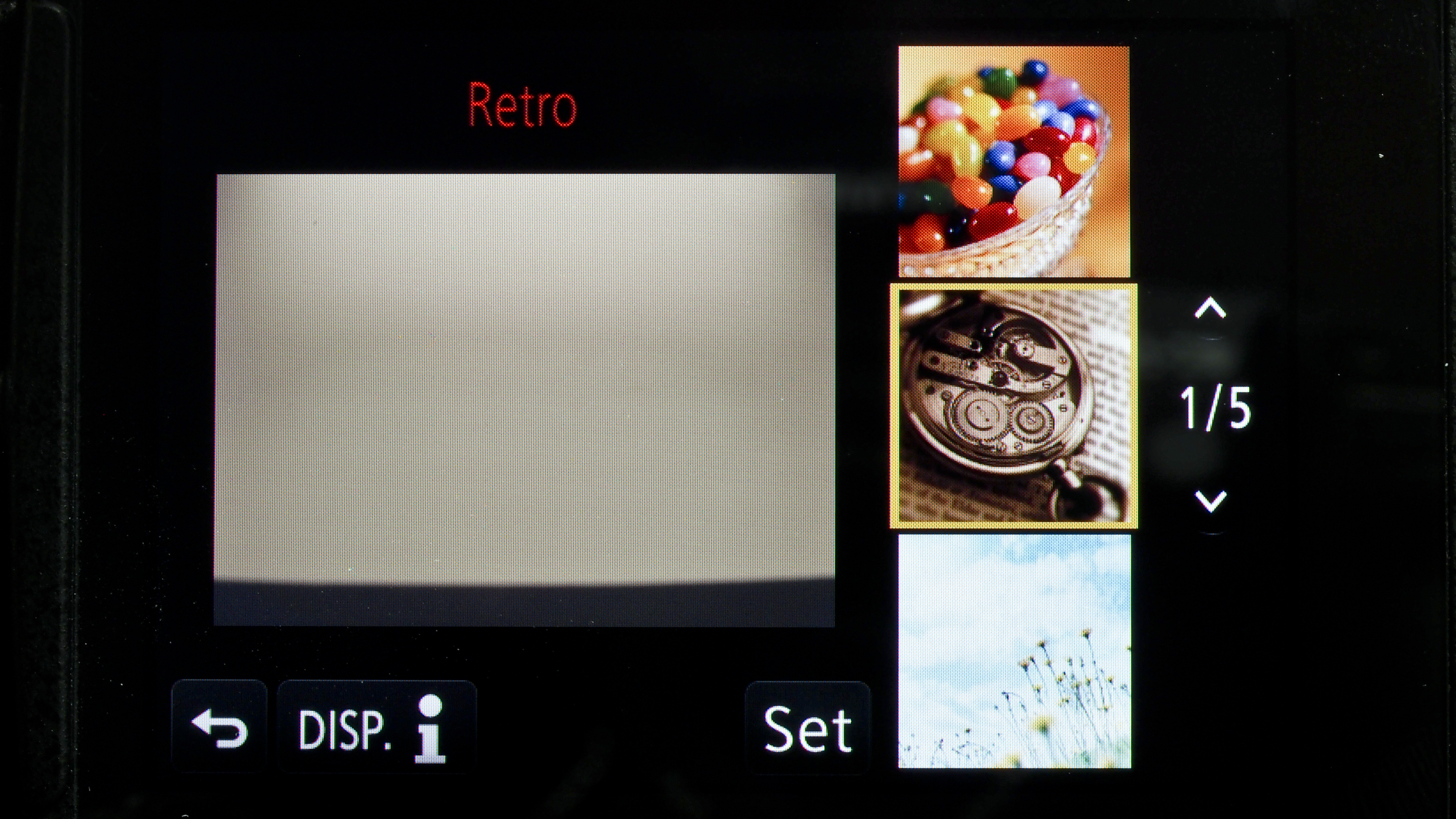
In addition to Panasonic's iDynamic (intelligent dynamic range optimisation) system, which automatically brightens shadows, the Panasonic GH3 has an HDR mode. Unfortunately this only works when shooting JPEG files, and the composite image is the only one saved.
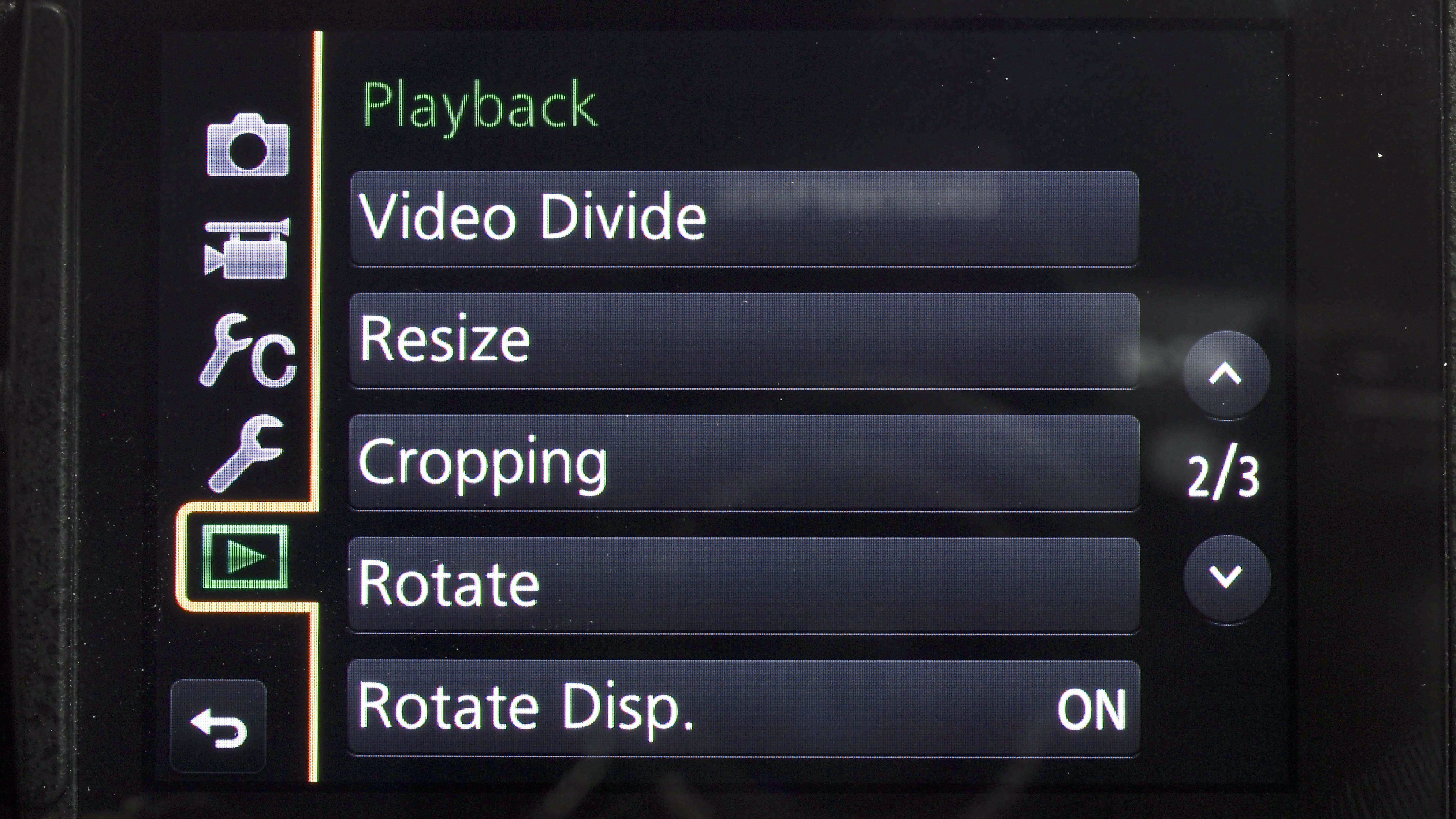
Although there is an option to align images automatically, some of our handheld HDR shots are a little misaligned. Consequently, we think experienced photographers are better off bracketing their shots and creating HDR images themselves.
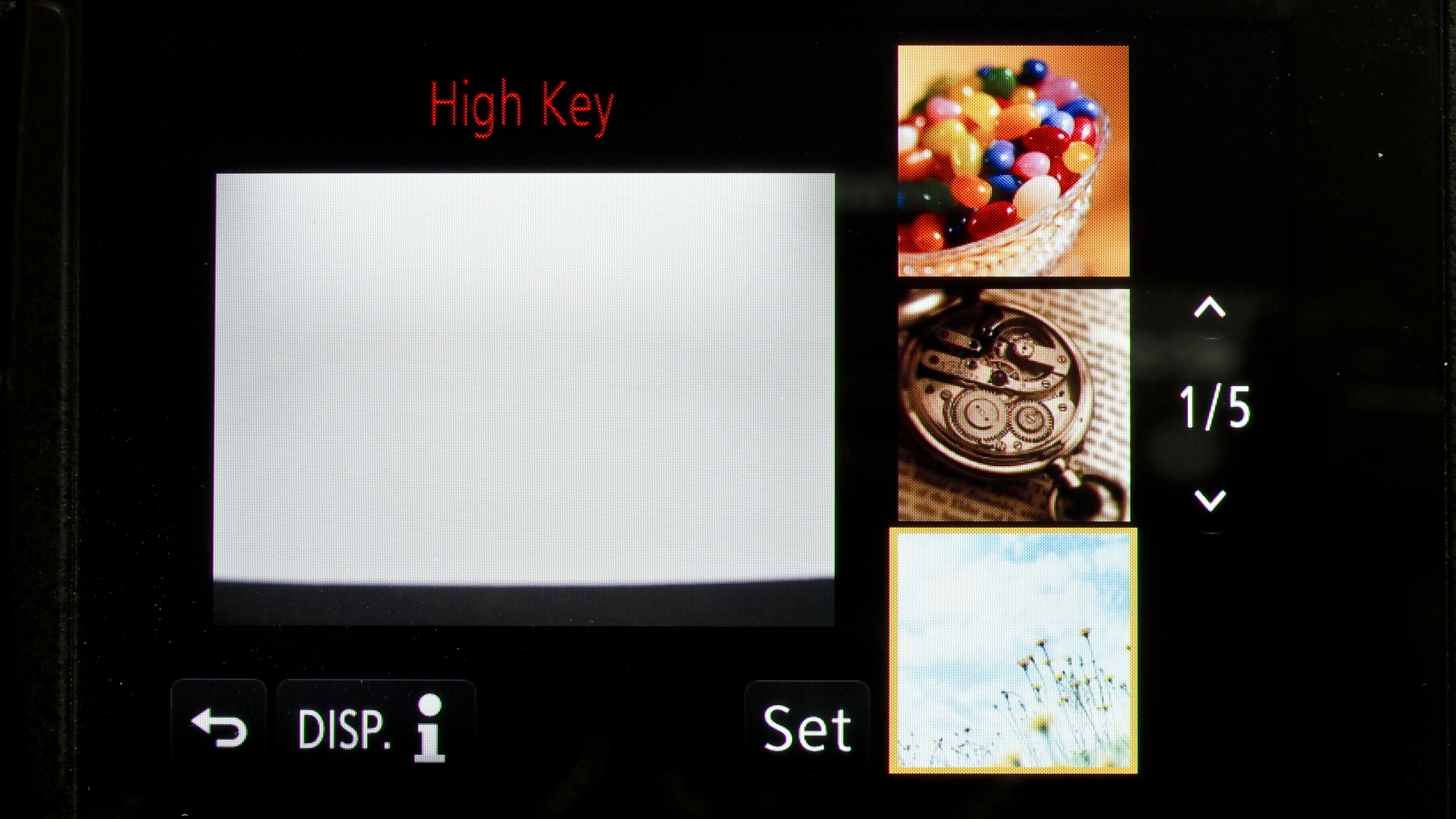
However, where the images do align well the results are good, with a subtle increase in shadow and highlight detail.
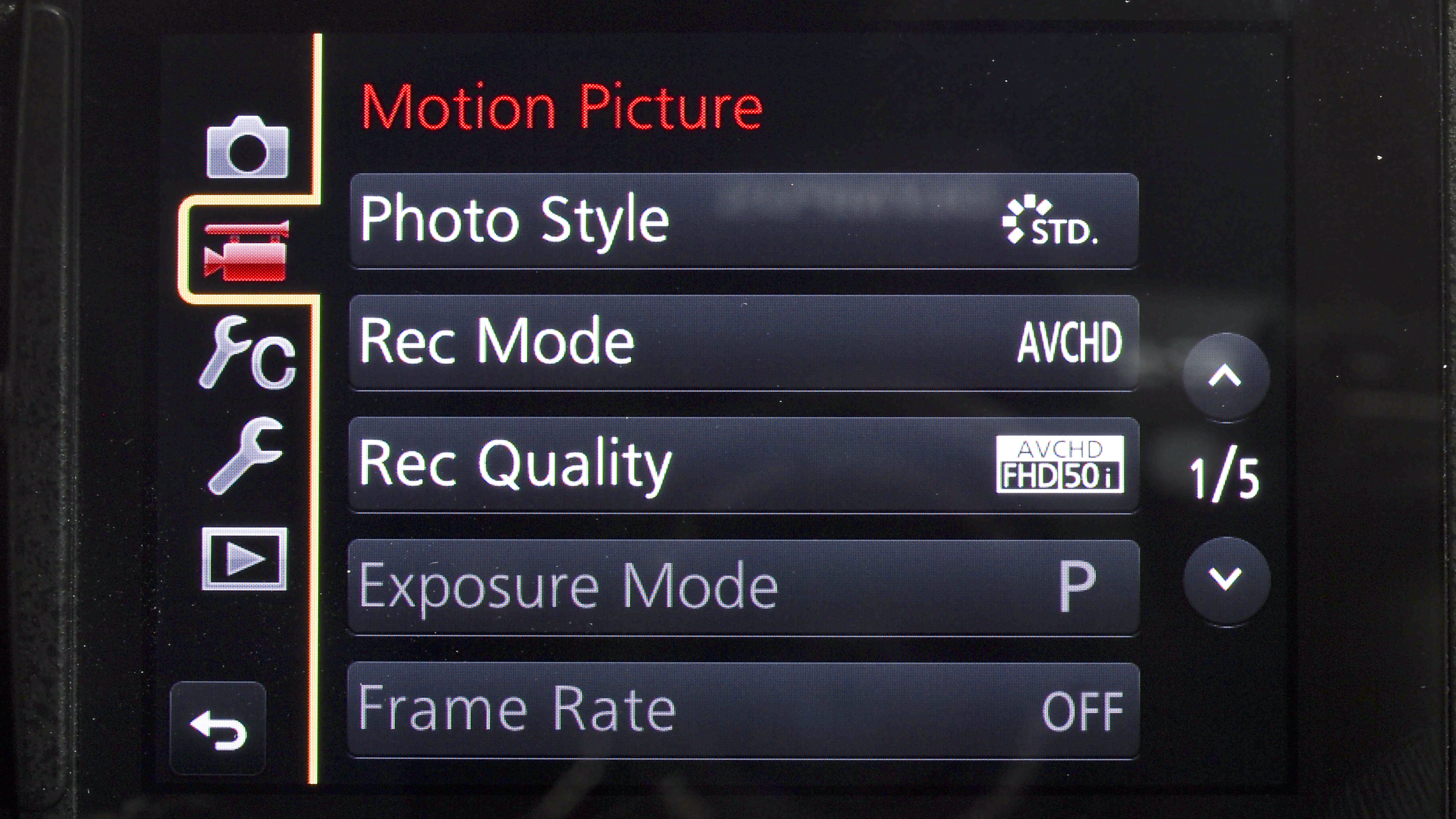
Although it uses contrast detection autofocusing, the Panasonic GH3 gets subjects sharp very quickly in most situations, even in quite low light. It only really struggles with fast moving subjects, and the AF-Tracking option can only keep up with objects moving at around a walking pace.
Sign up for breaking news, reviews, opinion, top tech deals, and more.
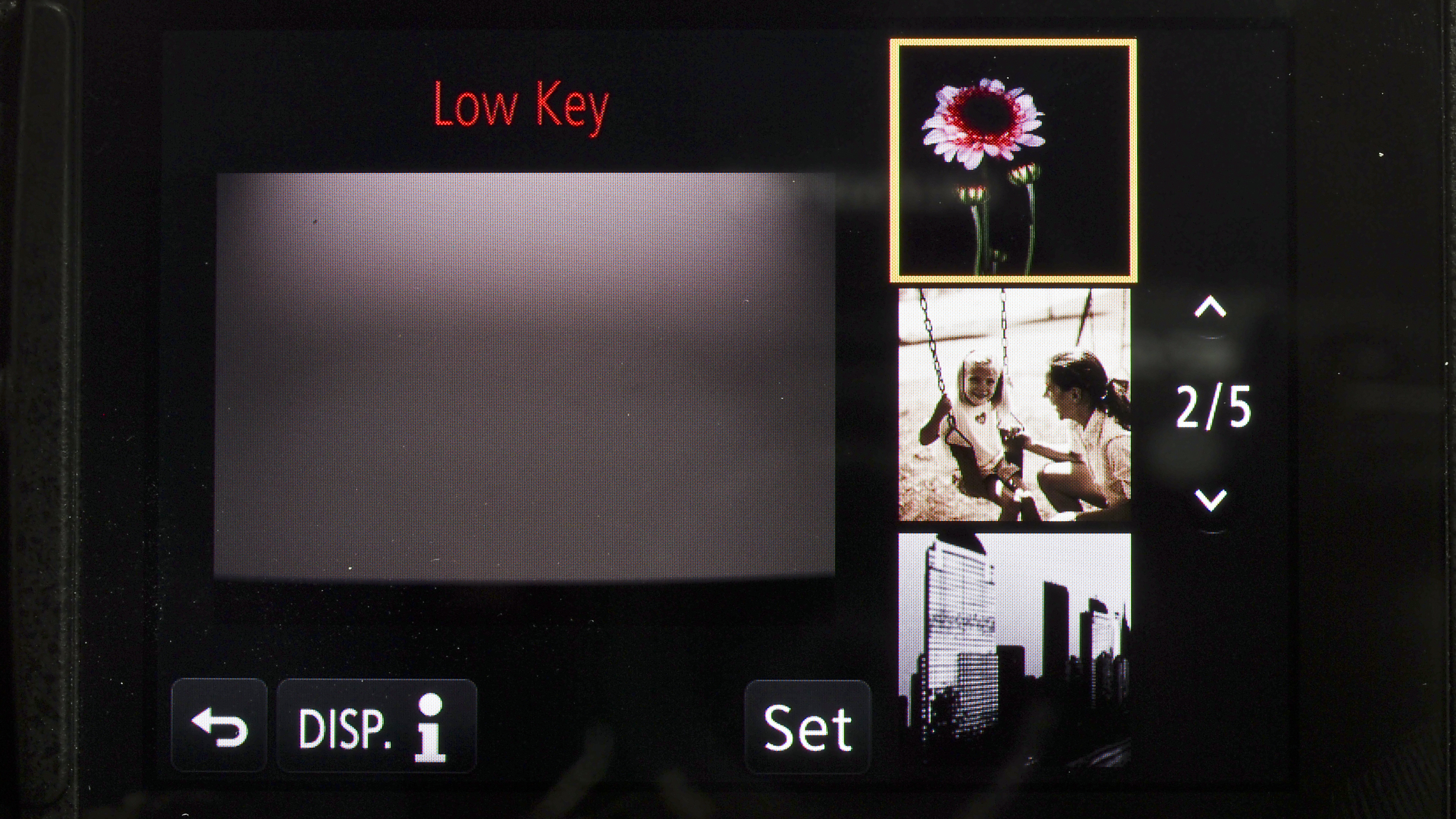
Noise is generally well controlled in images from the Panasonic GH3, and they have plenty of sharp detail up to around ISO 3200. When the in-camera noise reduction is in its standard setting, JPEG files have very little sign of chroma noise, even in the shadows.
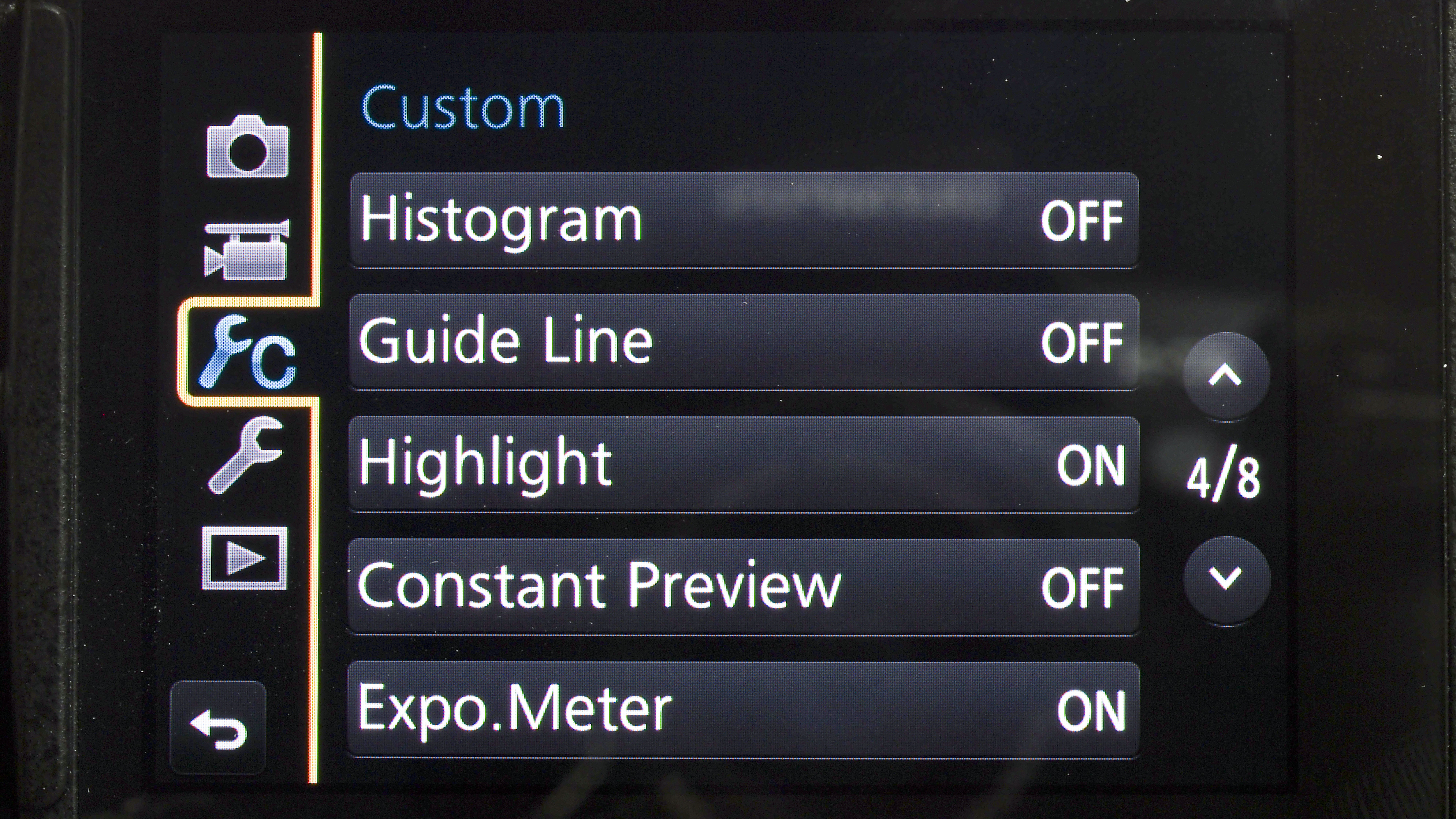
Luminance noise is, however, visible in high-sensitivity images viewed at 100%. Where possible we recommend keeping the sensitivity setting below ISO 6400, because at this value the impact of the noise reduction system becomes more evident, with some smoothing and loss of detail.
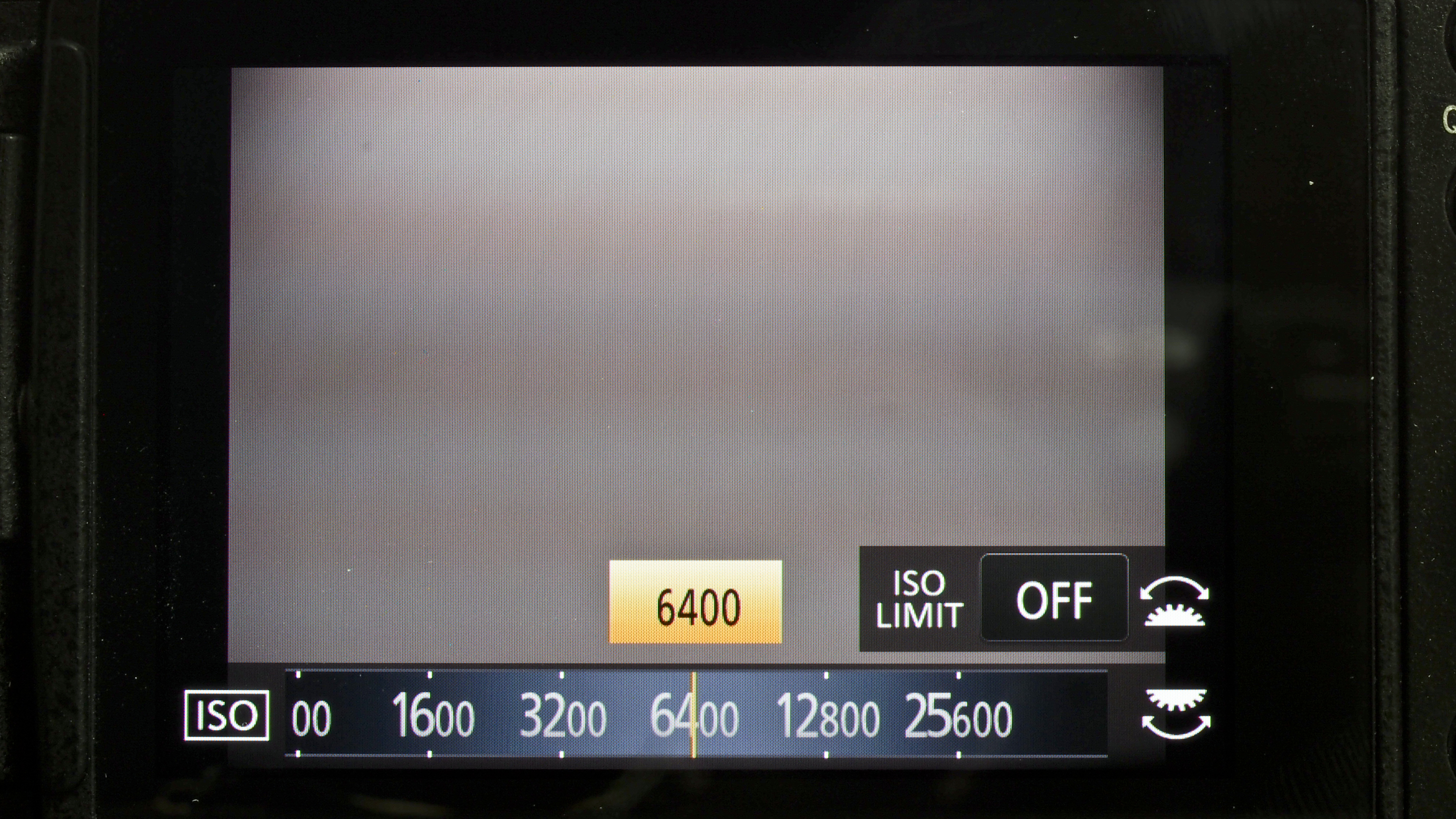
Naturally, better results are possible if you are prepared to process the raw files - and owners of a camera of this level are most likely to go down this route.

Current page: Performance
Prev Page Build quality and handling Next Page Image quality and resolution